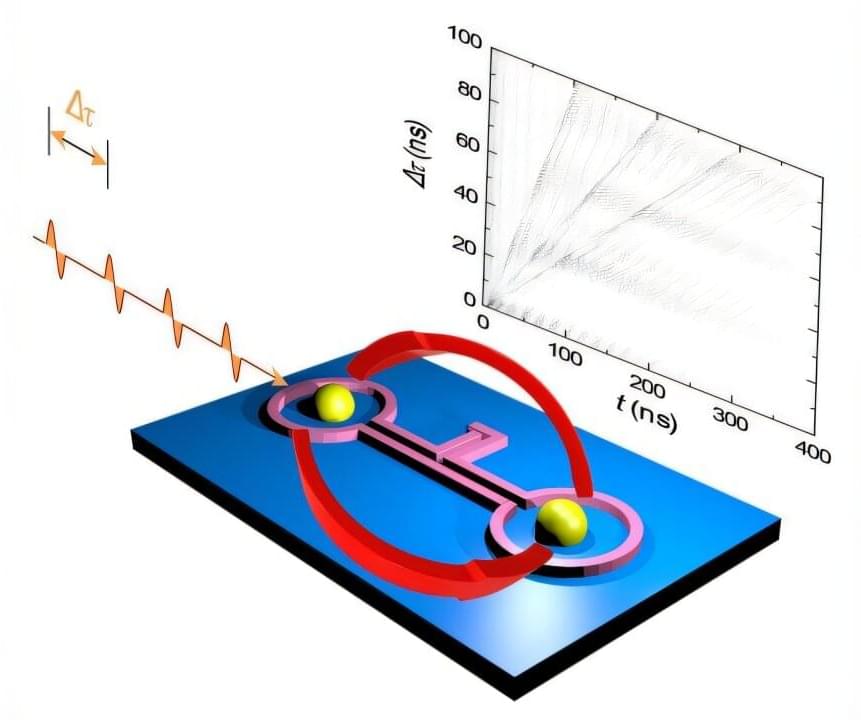All humans who have ever lived were once each an individual cell, which then divided countless times to produce a body made up of about 10 trillion cells. These cells have busy lives, executing all kinds of dynamic movement: contracting every time we flex a muscle, migrating toward the site of an injury, and rhythmically beating for decades on end.
Cells are an example of active matter. As inanimate matter must burn fuel to move, like airplanes and cars, active matter is similarly animated by its consumption of energy. The basic molecule of cellular energy is adenosine triphosphate (ATP), which catalyzes chemical reactions that enable cellular machinery to work.
Caltech researchers have now developed a bioengineered coordinate system to observe the movement of cellular machinery. The research enables a better understanding of how cells create order out of chaos, such as during embryonic development or in the organized movements of chromosomes that are a prerequisite to faithful cell division.








